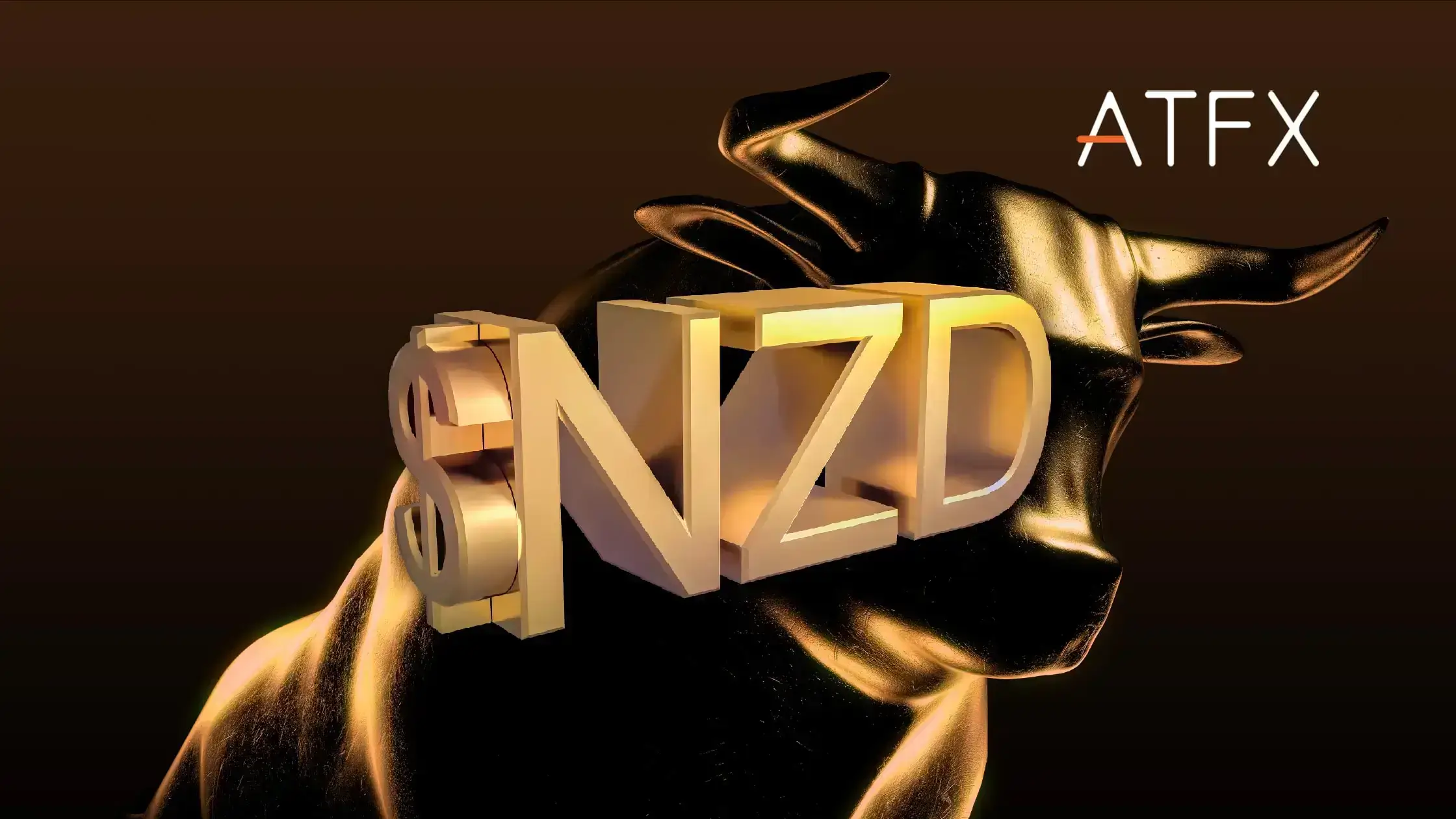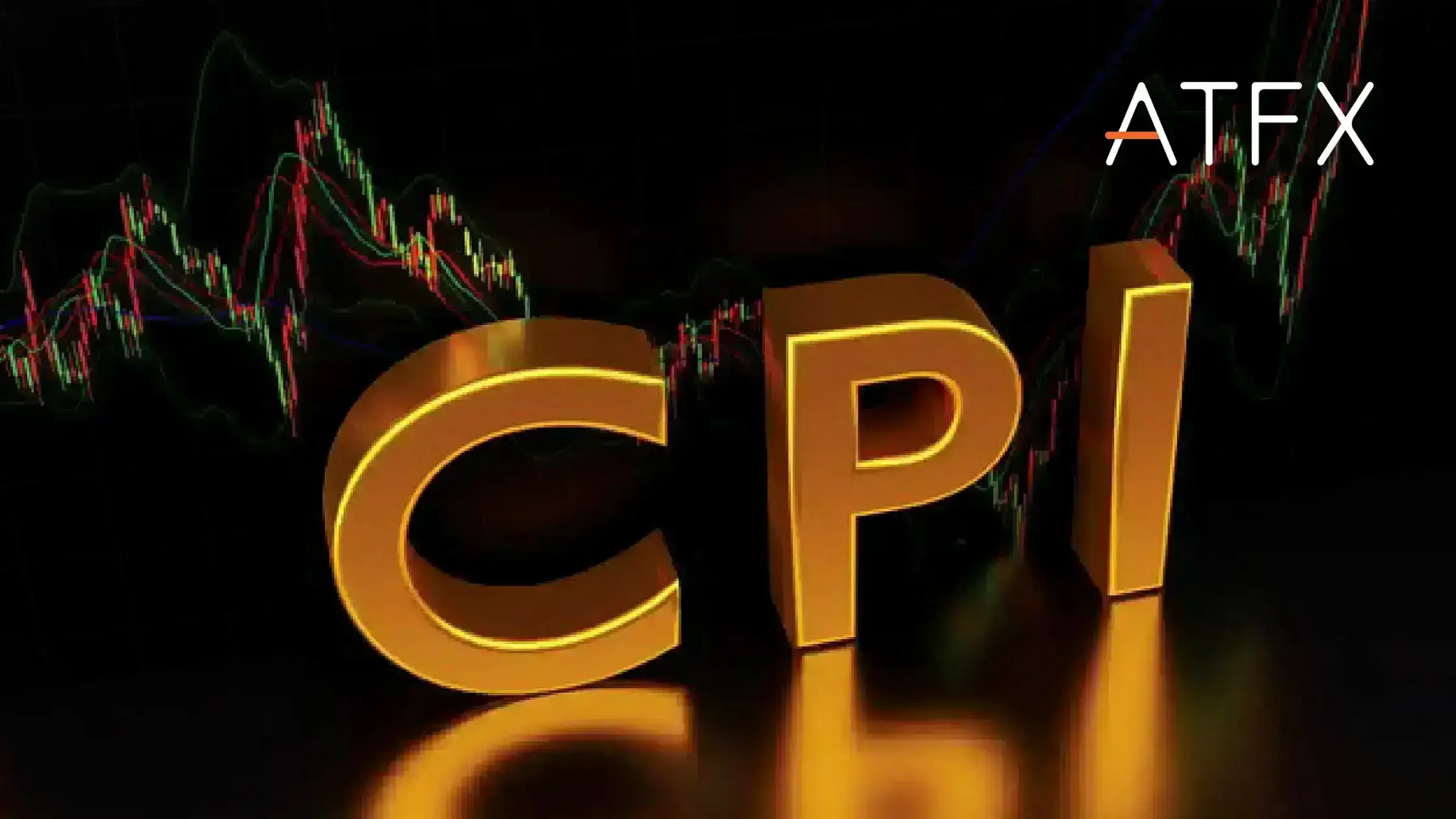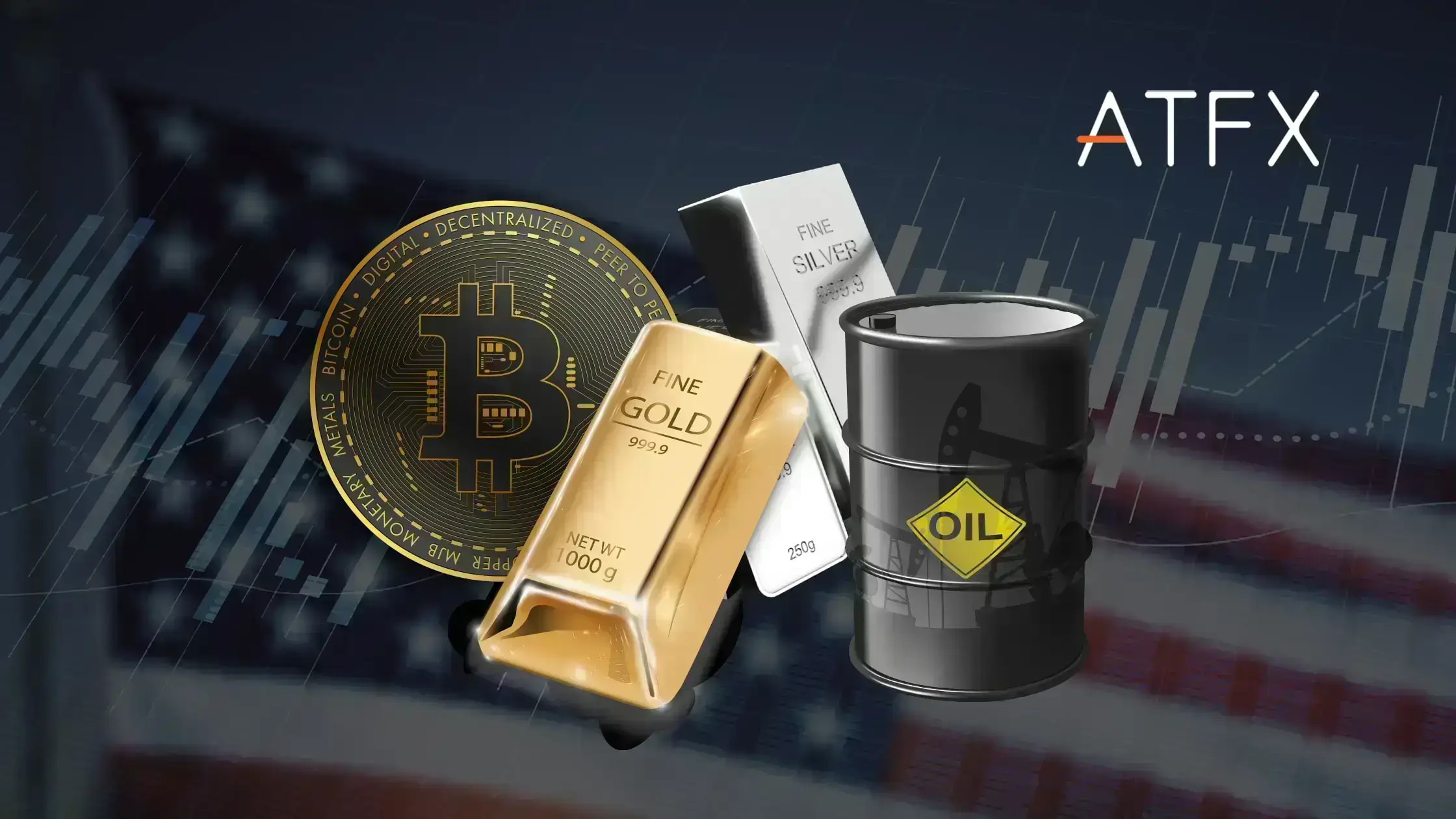The much essential and highly sort commodity crude oil has returned above $100 per barrel during the Asian session today after several efforts to push the price down by both the US government and IEA gradually diminished.
The US government had tried earlier to push down the price of crude oil a few days back by releasing a total of 180 million barrels of oil into the market from its Strategic Petroleum Reserves (SPR) ten days ago. The International Energy Agency (IEA) further backed up this action, which released an additional 60 million barrels. This was intended to make up for the usual supply of one million barrels of oil from Russia daily into Europe.
The above supply seems to have been exhausted, and more demand is now placed on the oil market. The current high demand for oil is backed up by the easing of the two-week lockdown in China, especially in Shanghai city following the sudden outburst of the coronavirus. The Chinese government has lifted some of the lockdown bans, and China is once more engaged in high productive activities placing high demand once more for the Russian oil within the Eastern regions.
Given these high demands, crude oil is currently bullish and seems to be forming strong support at $100 for its next bullish movement.
On the other hand, there is currently a lower oil supply, especially as the peace talks between Russia and Ukraine failed to succeed after several efforts.
The Russian President had reckoned all peace talks as having come to a dead while revealing that a seven-week offensive plan would be embarked on by Russia alongside a special operation to disarm its Western neighbors seeking to interfere in the war. This means more scarcity of oil to be created.
Above all, the next direction to expect from oil for the rest of the week is highly dependent on the oil inventory report to come from the Energy Information Administration (EIA) during their meeting. The current oil supply inventory report is expected to be lower than the previous record of 2.421 million barrels supplied in February. This means oil prices will pump higher due to the low supply so far.


